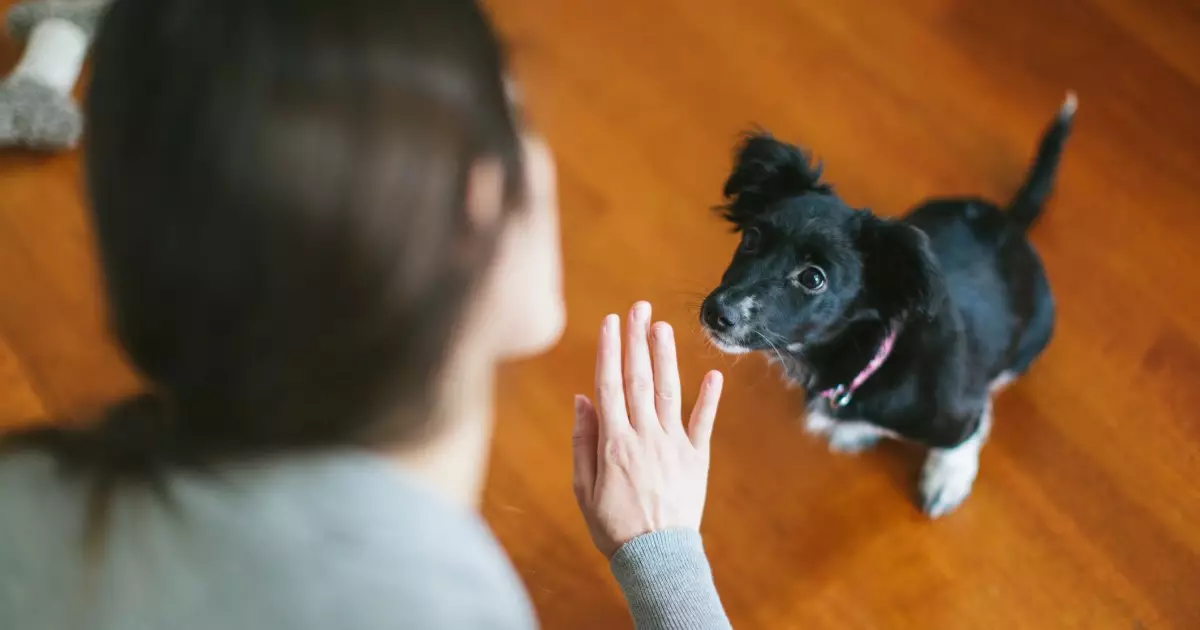Training a dog to respond to commands is a fundamental aspect of pet ownership. Among the various commands, “sit” stands out due to its practicality and effectiveness in maintaining control in various situations. This article delves into the nuances of teaching your canine companion the “sit” command, offering advice on technique, troubleshooting, and progression through a structured training approach.
The ability for a dog to sit on command serves multiple purposes, both for the owner’s management and the dog’s safety. A dog that knows how to sit is less likely to engage in unwanted behaviors such as jumping on guests or dashing into the street. This command is not only a foundation for further training but also a method of establishing communication between the owner and the dog. An obedient dog is generally a happier dog, as it understands its place in the household dynamics.
To effectively teach the sit command, one can start with something as simple as a treat or, for non-food motivated dogs, a favorite toy. Here’s a step-by-step method that works for many dogs:
1. Lure the Dog with Treats: Begin by holding a treat right in front of your dog’s nose. Slowly raise it just above their head, enticing them to follow the motion with their eyes. The natural response will often lead to the dog tilting their head up, which in turn encourages their behind to lower to the ground.
2. Praise and Reward: The moment your dog’s rear touches the floor, reward them immediately with praise and the treat. This positive reinforcement creates an association in your dog’s mind between the command, the action taken, and the reward received.
3. Repeating the Process: Engage in this exercise several times, allowing your dog to gain familiarity with the action of sitting. Eventually, you can add the verbal cue “sit” just before raising the treat to enrich their learning experience.
Consistency is key in dog training, particularly when introducing verbal cues. Once your dog begins to respond consistently to the visual cue (the movement of the treat), it’s time to integrate the verbal command. This strengthens the connection between the command given and the action taken.
Start by saying “sit” right before you raise the treat. Over time, as your dog becomes adept at associating the word with the action, you can gradually lessen the frequency of treats. Instead, reward with treats sporadically, making sure to only reward the swiftest and most precise responses. This method not only encourages sharp compliance but also helps your dog understand that they should not expect a treat every time.
While training may seem straightforward, various challenges can arise. Here are some common issues and how to address them:
– Jumping or Not Sitting: If your dog jumps up instead of sitting, this may indicate that the treat is held too high. Adjust the height, keeping the treat just slightly above their nose to guide them correctly into a sitting position.
– Backing Up: If your dog tries to back away instead of sitting, it could mean that you are moving the treat too far back over their head. Maintain the treat’s position right above their eyes to facilitate the action.
– Lack of Attention: Dogs can sometimes lose focus. If this happens, try waving the treat or making a noise to regain their attention.
– Rolling Over: If your dog tends to roll over, simply step back and pat the ground to encourage a return to a sitting position.
Each of these setbacks is surmountable through patience and consistent practice.
Once your dog has confidently mastered the sit command in a calm environment, consider upping the ante. Gradually introduce distractions to test their obedience. Have them sit in varied contexts, such as when approaching other dogs, during playtime, or when there are numerous stimuli present. The key here is to progress only when they respond reliably to the command. Introducing too many challenges too quickly can lead to confusion and setbacks.
While training your dog to sit might seem like a minor task, it lays the groundwork for a well-behaved pet and a better relationship between you and your furry friend. Remember that patience, consistency, and positive reinforcement are integral components of successful dog training. Embrace the journey, and enjoy the stronger bond you are forging with your canine companion.

